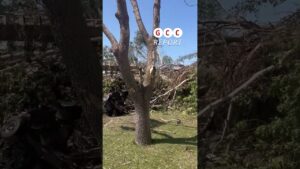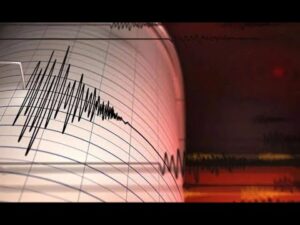
# **Climate vs. Weather: A Dangerous Shift**
## **Introduction**
The terms *climate* and *weather* are often used interchangeably, but they refer to fundamentally different aspects of Earth’s atmospheric systems. **Weather** describes short-term atmospheric conditions—rain, heat, wind, or snow—over hours or days. **Climate**, however, refers to long-term weather patterns averaged over decades or centuries.
Today, human activities are altering Earth’s climate at an unprecedented rate, leading to **a dangerous shift** in weather patterns. Rising global temperatures, fueled by greenhouse gas emissions, are making extreme weather events—hurricanes, droughts, heatwaves, and floods—more frequent and severe. This article explores the critical differences between climate and weather, how climate change is disrupting global weather systems, and what this means for humanity’s future.
—
## **1. Understanding the Difference: Climate vs. Weather**
### **What is Weather?**
Weather refers to short-term atmospheric conditions in a specific place and time. It includes:
– Temperature fluctuations
– Precipitation (rain, snow, hail)
– Wind speed and direction
– Humidity and cloud cover
Weather is chaotic and can change rapidly—sunny mornings can turn into thunderstorms by afternoon.
### **What is Climate?**
Climate is the long-term average of weather patterns over **30 years or more**. It defines the expected conditions in a region—such as:
– Tropical (warm and humid)
– Arid (dry and hot)
– Temperate (moderate seasons)
– Polar (cold year-round)
While weather is unpredictable day-to-day, climate provides a broader trend.
### **Key Differences**
| **Aspect** | **Weather** | **Climate** |
|——————|—————————|—————————-|
| **Time Scale** | Hours to days | Decades to centuries |
| **Variability** | Highly changeable | Stable long-term trends |
| **Predictability** | Short-term forecasts | Long-term projections |
—
## **2. How Climate Change is Disrupting Weather**
Human-induced climate change, primarily from burning fossil fuels, is altering Earth’s energy balance. The **greenhouse effect** traps excess heat, leading to global warming. This warming disrupts atmospheric and oceanic circulation, causing:
### **A. More Extreme Heatwaves**
– Rising global temperatures make heatwaves **more intense and longer-lasting**.
– Example: The 2021 Pacific Northwest heatwave shattered records, with temperatures reaching **49.6°C (121°F)** in Canada.
### **B. Stronger Storms and Hurricanes**
– Warmer oceans provide more energy for storms, increasing their intensity.
– Example: Hurricane Ian (2022) rapidly intensified due to **exceptionally warm Gulf waters**.
### **C. Unpredictable Rainfall and Flooding**
– A warmer atmosphere holds more moisture, leading to **heavier downpours and flash floods**.
– Example: Pakistan’s 2022 floods submerged **one-third of the country**, affecting **33 million people**.
### **D. Longer and More Severe Droughts**
– Higher temperatures increase evaporation, drying out soils and worsening droughts.
– Example: The 2020-2023 **megadrought** in the U.S. Southwest was the worst in **1,200 years**.
### **E. Erratic Winter Weather**
– While global temperatures rise, **polar vortex disruptions** can cause extreme cold snaps.
– Example: Texas’ 2021 winter storm left **millions without power** due to unprepared infrastructure.
—
## **3. Why This Shift is Dangerous**
### **A. Threats to Food Security**
– Droughts and floods destroy crops, leading to **food shortages and price spikes**.
– Example: **Wheat production declines** in key regions due to heat stress.
### **B. Rising Sea Levels and Coastal Erosion**
– Melting glaciers and thermal expansion are **submerging coastal cities**.
– Example: By 2100, **Miami could face 2 feet of sea-level rise**, displacing millions.
### **C. Health Risks from Extreme Weather**
– Heatwaves cause **heat strokes and cardiovascular stress**.
– Flooding spreads **waterborne diseases** like cholera.
### **D. Economic Costs**
– Natural disasters cost the global economy **$320 billion annually** (2010-2020 average).
– Example: Hurricane Katrina (2005) caused **$125 billion in damages**.
### **E. Mass Migration and Conflict**
– Climate refugees are fleeing uninhabitable regions, leading to **political tensions**.
– Example: **Syria’s civil war** was partly triggered by a climate-driven drought.
—
## **4. Can We Reverse the Trend?**
While some changes are now unavoidable, **immediate action** can prevent the worst outcomes:
### **A. Cutting Greenhouse Gas Emissions**
– Transitioning to **renewable energy (solar, wind)** and phasing out fossil fuels.
– Implementing **carbon pricing** to incentivize cleaner industries.
source


